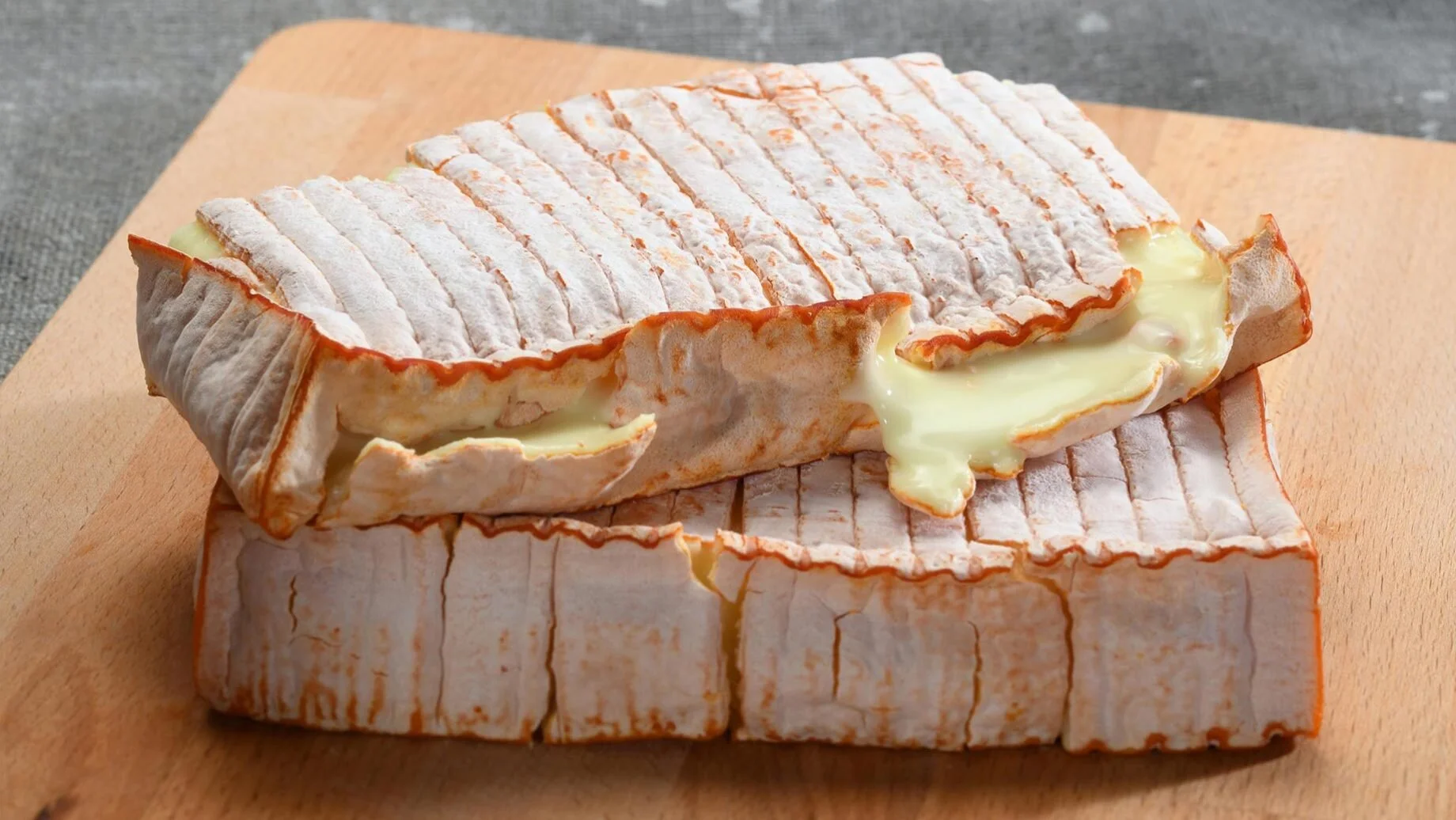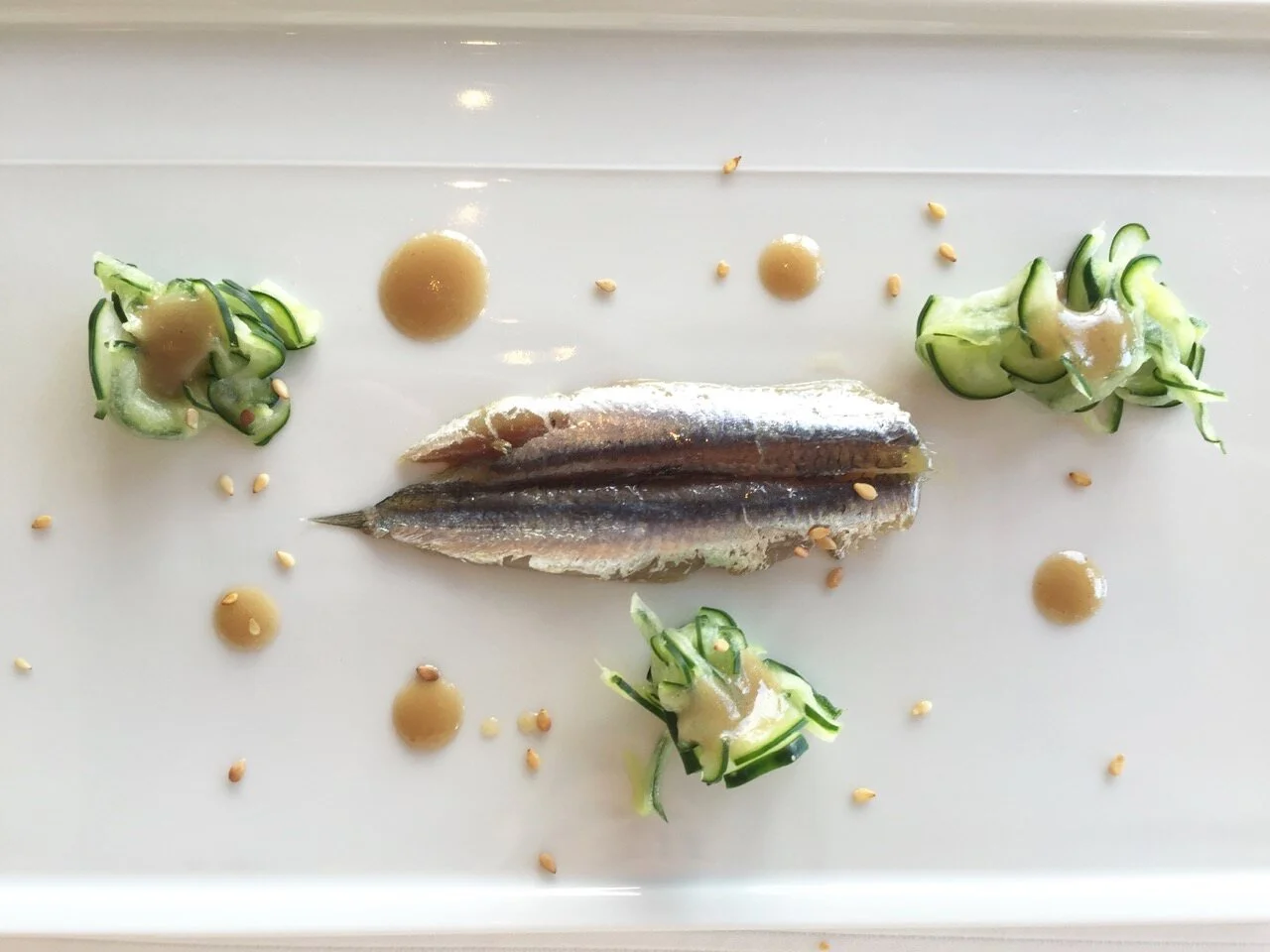Photo: CC/Dominik Hundhammer
Photo: Fontino-dop.it
Country: Italy
Region: Val d’Aosta (Aosta Valley)
Made from: Cow’s milk
Pasteurised: No
Texture: Semi-soft, firm, smooth, supple
Taste: Nutty, strong, sweet, tangy
Certification: DOC, PDO
Ageing: 90 days
Fontina (Fontina d'Aosta) is a semi-soft cow's milk cheese which comes from the Aosta Valley (Val d'Aosta) in Italy. It is made from unpasteurised milk. traditionally from the Valdaostan breed of cows.Fontina cheese has been made in the Val d’Aosta, in the Italian Alps since the 12th century. A real Fontina cheese will have a stamp from the Fontina Consortium.
Fontina cheese is irregular in shape and the rind is usually dark brown but can be tan colored as well or become somewhat browny-orange. The texture and flavour of Fontina depend on how long it has been matured. The texture varies from semi-soft to firm and the flavours from mild and rich to strong and robust. Fontina is usually matured for 90 days.
The paste of a Fontina cheese is a pale creamy colour usually with holes known as "eyes". It has a fat content of 45%.
Photo: Castello Cheese
The production of Fontina cheese starts with milk from the herds of cows being delivered to the creamery. There it is poured into copper cauldrons and heated. The next step is the addition of enzymes and calf's rennet to promote coagulation and the formation of curds. Once the curds are formed they are separated and drained through a cheesecloth, before being placed in wheel-shaped molds. The cheese is then brined for two months. The mountains that surround the Aosta valley have caves and crevices that provide the perfect low temperatures for ageing the cheese. In these caverns, the cheeses are turned, brushed and salted every other day during the entire maturation process which lasts three months.
Fontina has quite a pungent aroma and the flavor can be intense. It has a very earthy, nutty and mushroomy taste. Rich and creamy, the nutty notes become more pronounced with ageing.
Photo: Fromagerie.it
There are many other versions of Fontina that are not certified with the European POD certification and are quite different from the original in flavor. Cheeses with similar names can be found such as Fontinella, Fontal and Fontella but none of these will carry the official Fontina stamp. There are versions produced in other parts of Italy and even in other countries such as Denmark, Sweden, Canada, France, Argentina and the USA. The other versions are usually much milder in taste than the original Fontina. The Danish, Swedish and often Argentinian versions of Fontina have a red wax rind, whereas the original Italian Fontina has a natural rind that becomes tan to orange-brown with ageing.
History
Fontina is a classic Italian cheese of ancient origin that has been made in the Aosta Valley since the 12th century. The name Fontina may have originated from a pasture called « Fontin » where the cheese was made. Other sources link it to the village of Fontinaz. The name could also come from the old French term “fontis” or “fondis” which may have referred to the texture which readily melts when heated and makes it a good cheese to use in fondue.
The term Fontina first appeared in 1477. Pantaleone da Confienza, a physician from Vercelli, wrote about it in his dissertation « Summa Lacticinorum ». In 1887, “Le Fontine di Val d’Aosta” appeared in the yearly report of Lodi’s dairy factory. By the 1930s it was a well-established cheese, classified by the Italian Ministry of Agriculture and Forests via the Dairy Institue of Turin. In 1955 a Presidential Decree awarded Fontina DOC status. Denominazione di Origine Controllata (Denomination of Controlled Origin).
In 1957 the Fontina Producers Consortium was established to safeguard the status and traditional quality of Fontina and ensure the Fontina name is only applied to true Fontina cheese that has been produced according to the traditional production standards. In 1995, The European Union awarded Fontina Protected Designation of Origin (PDO) status.
Photo: ItalVenus
How to Enjoy It
Noted for its earthy, and mushroomy taste, Fontina pairs exceptionally well with truffles and roast meats. It melts very well and is a lovely addition to fondues. It is also good as a table cheese or can be used in many Italian dishes. For example, it is traditionally melted over fresh gnocchi.
Fonduta alla valdostana is a delicious traditional dish of Fontina whipped together with eggs, milk, and truffles. What to drink with Fontina ? Wines from Nebbiolo grapes such as an Italian Barolo or Barbaresco with wild cherry and truffle flavors make a great accompaniment to Fontina. Enjoy!
Sources: cheese.com, Castello, gourmetsleuth.com, Fontina-dop.it, Italvinus
Follow True Foodies
Have you always dreamed of becoming a better cook? Now you can with our online video cooking classes
































